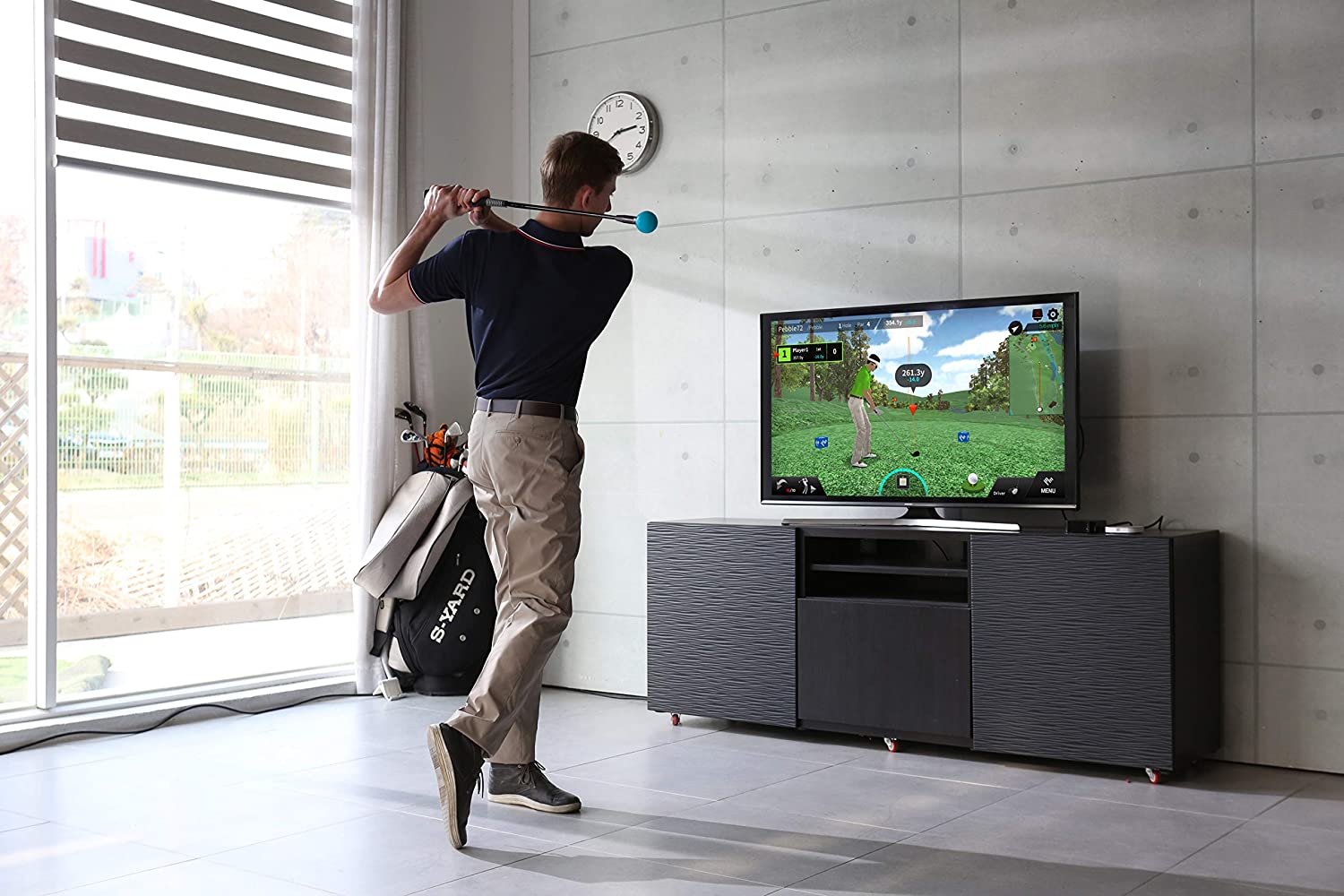Golf simulators have become increasingly popular among golf enthusiasts, especially those who live in areas with harsh weather conditions that prevent them from playing outdoors. A golf simulator allows you to practice your swing, play a round of golf and even compete with others without leaving the comfort of your home. However, to get the most out of your golf simulator, you need to know how to use it effectively. Here are some tips that can help you improve your game and enjoy your simulator to the fullest.
Choose the Right Simulator
The first step to getting the most out of your golf simulator is to choose the right one. There are many different types of simulators available, ranging from basic systems that simply track your swing to advanced setups that use high-speed cameras and projectors to create a fully immersive experience. When choosing a golf simulator, consider your budget, space and your golfing goals. If you are on a tight budget, a basic simulator may be a good choice, but if you are serious about improving your game, you may want to invest in a more advanced system.

Set Up Your Space Properly
Once you have chosen a simulator, you need to set it up properly. Ideally, you should have a dedicated space for your simulator, such as a garage or a spare room. This space should be large enough to allow you to swing your club without hitting anything and it should have enough clearance for your simulator’s sensors and cameras. You also need to consider lighting and sound. Your simulator should be in a well-lit area, preferably with natural light as this will help you see the ball better. You should also have speakers or headphones to provide realistic sound effects, such as the sound of a ball hitting a club or the wind blowing.
Calibrate Your Simulator
Before you start using your simulator, you need to calibrate it to ensure that it is tracking your swing accurately. Follow the instructions provided by the manufacturer to set up your simulator and ensure that it is properly calibrated. Calibration typically involves hitting a few balls while standing in front of the sensors. This allows the simulator to capture data on your swing, such as the clubhead speed, swing path and angle of attack. Once your simulator is calibrated, it should provide accurate data that you can use to improve your swing.
Use the Data to Improve Your Swing
One of the main benefits of a golf simulator is that it provides you with data on your swing. This data can help you identify areas of weakness and improve your technique. For example if the simulator shows that you tend to slice the ball, you can work on correcting your grip or your swing path to eliminate the slice. Pay attention to the data provided by your simulator and use it to make adjustments to your swing. You may also want to work with a golf coach or instructor to get more personalized feedback and guidance.
Practice Different Shots and Clubs
Golf Simulators allow you to practice different shots and clubs without leaving your home. Take advantage of this by practicing a variety of shots, such as drives, chips and putts and using different clubs, such as irons and woods. By practicing different shots and clubs, you can improve your overall game and prepare for different course conditions. You may also want to practice different distances and angles to simulate a real-world golfing experience.
Play Virtual Courses
Many golf simulators come with virtual courses that allow you to play a round of golf without leaving your home. Take advantage of this feature to play some of the world’s most famous courses and compete against other golfers online.
